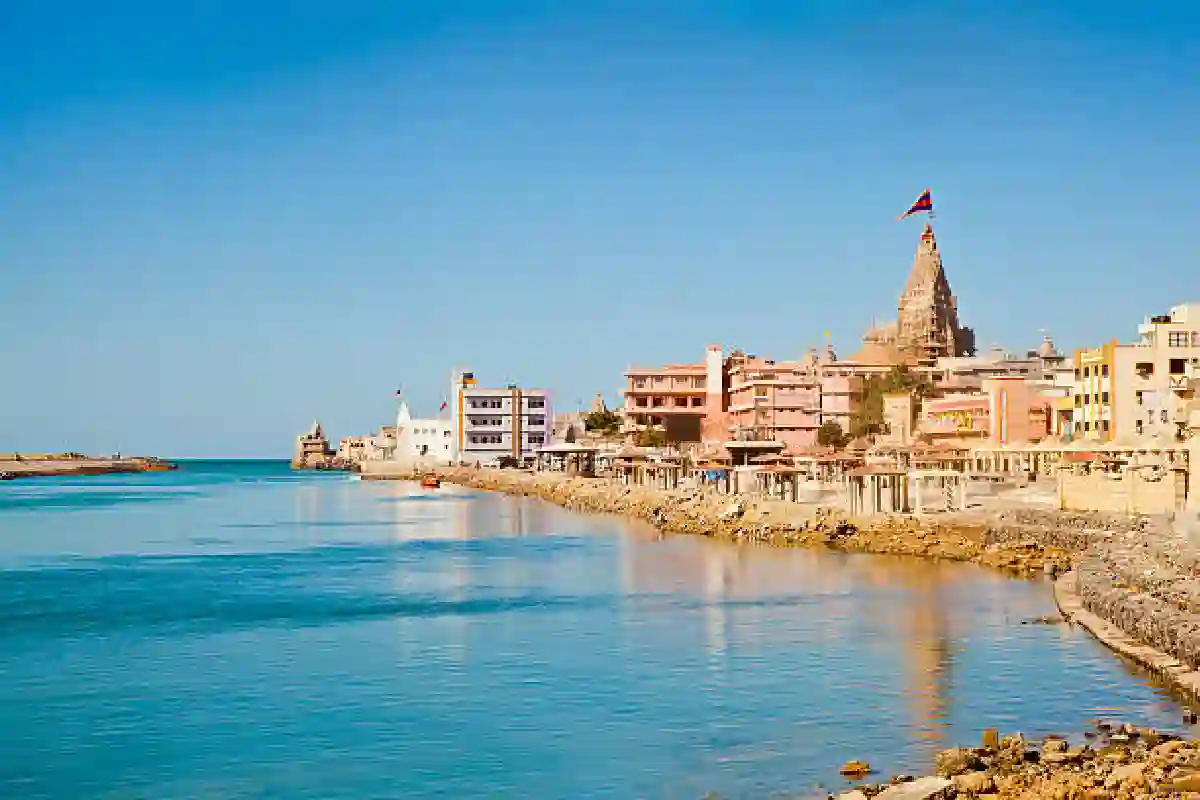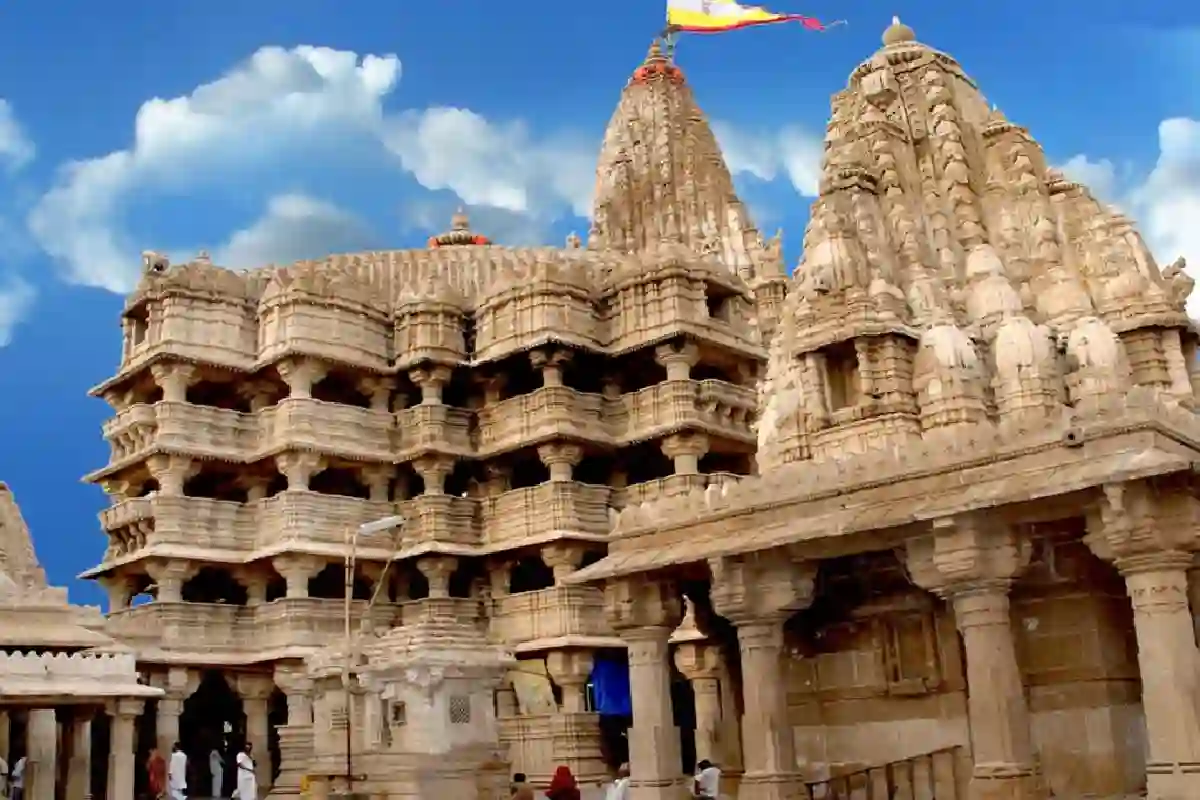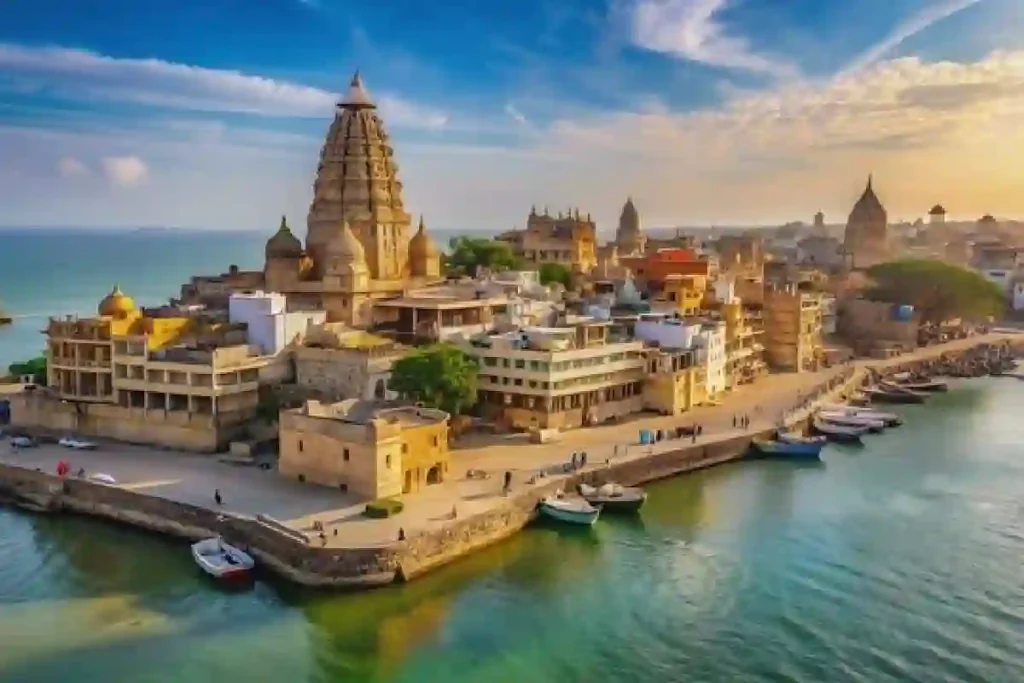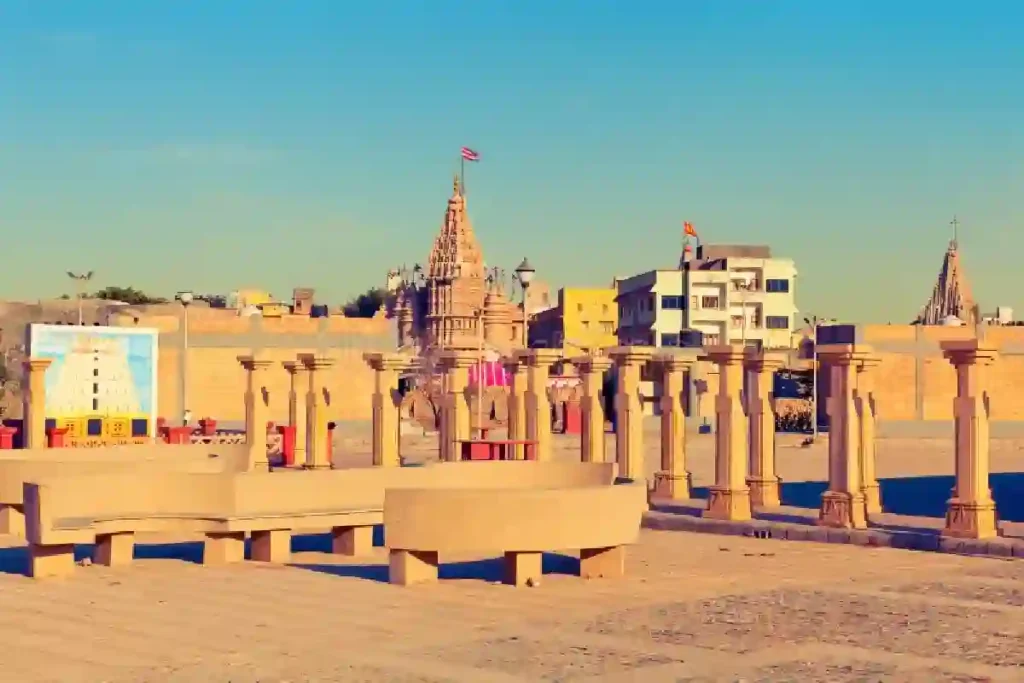Dwarka
Dwarka
Introduction
Though similar structures are also noticed in inter tidal zone of Dwarka during low tide. Along with these structures a large number of stone anchors have also been found. Based on detailed analysis of the finding it is suggested that these are the part of an ancient harbour.
Considered a holy city, Dwarka is well known for its temples and as a pilgrimage centre for Hindus. The Dwarakadhisa Temple, also called Jagat Mandir, located in the heart of Dwarka, is a Vaishnava temple. It was built by Raja Jagat Singh Rathore, hence it is called Jagat Mandir.




- October to March: The ideal time to visit Dwarka is during winter when the weather is pleasant and suitable for temple visits and sightseeing.
- Janmashtami (August/September): A major festival celebrating Lord Krishna’s birth, attracting thousands of devotees.
- Sharad Purnima & Kartik Purnima: These auspicious Hindu months are considered sacred for temple visits.
- Monsoon Season (July to September): The greenery enhances the beauty, but temple visits can be affected by rains.
- Avoid Summer (April to June): The scorching heat makes it difficult to explore comfortably.

- Visit Dwarkadhish Temple: Seek blessings at the 2,500-year-old temple dedicated to Lord Krishna.
- Beyt Dwarka: A sacred island believed to be Krishna’s kingdom, accessible by boat.
- Gomti Ghat: Take a holy dip where the Gomti River meets the Arabian Sea.
- Nageshwar Jyotirlinga: One of the 12 sacred Jyotirlingas dedicated to Lord Shiva.
- Rukmini Devi Temple: A shrine dedicated to Lord Krishna’s consort, Rukmini.
- Sunset at Dwarka Beach: Enjoy the peaceful view and visit the lighthouse.
- Attend Aarti at Temples: Experience the divine atmosphere during morning and evening prayers.




